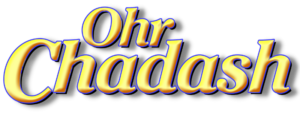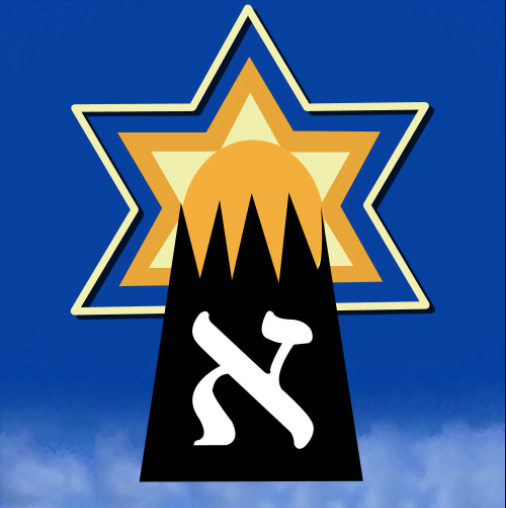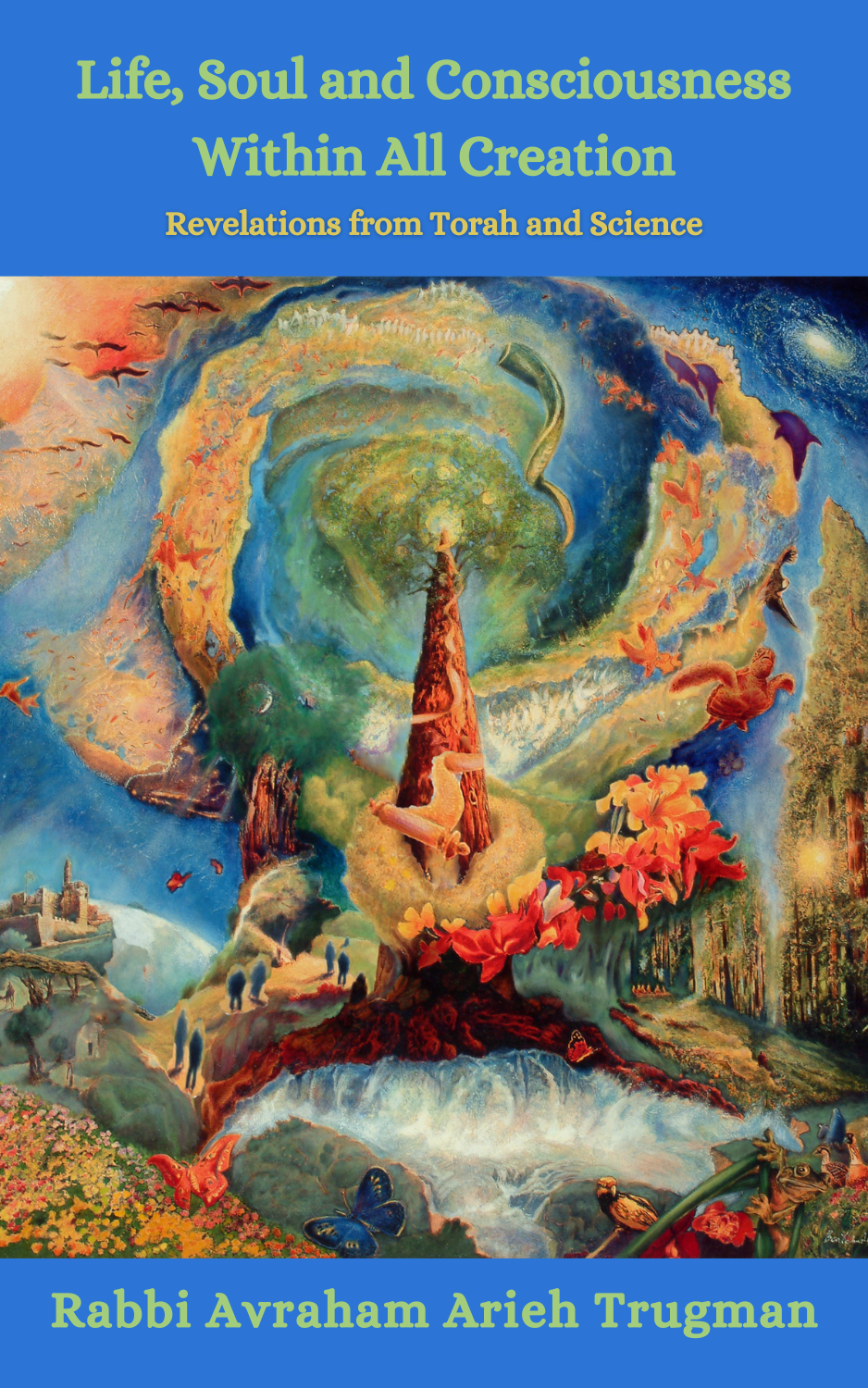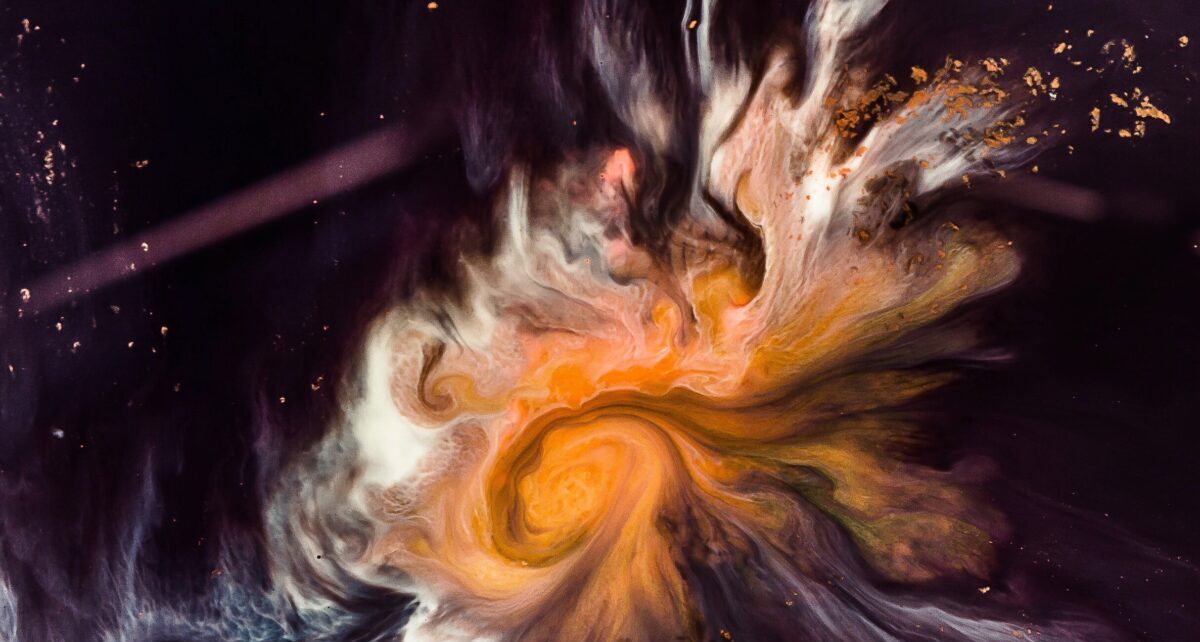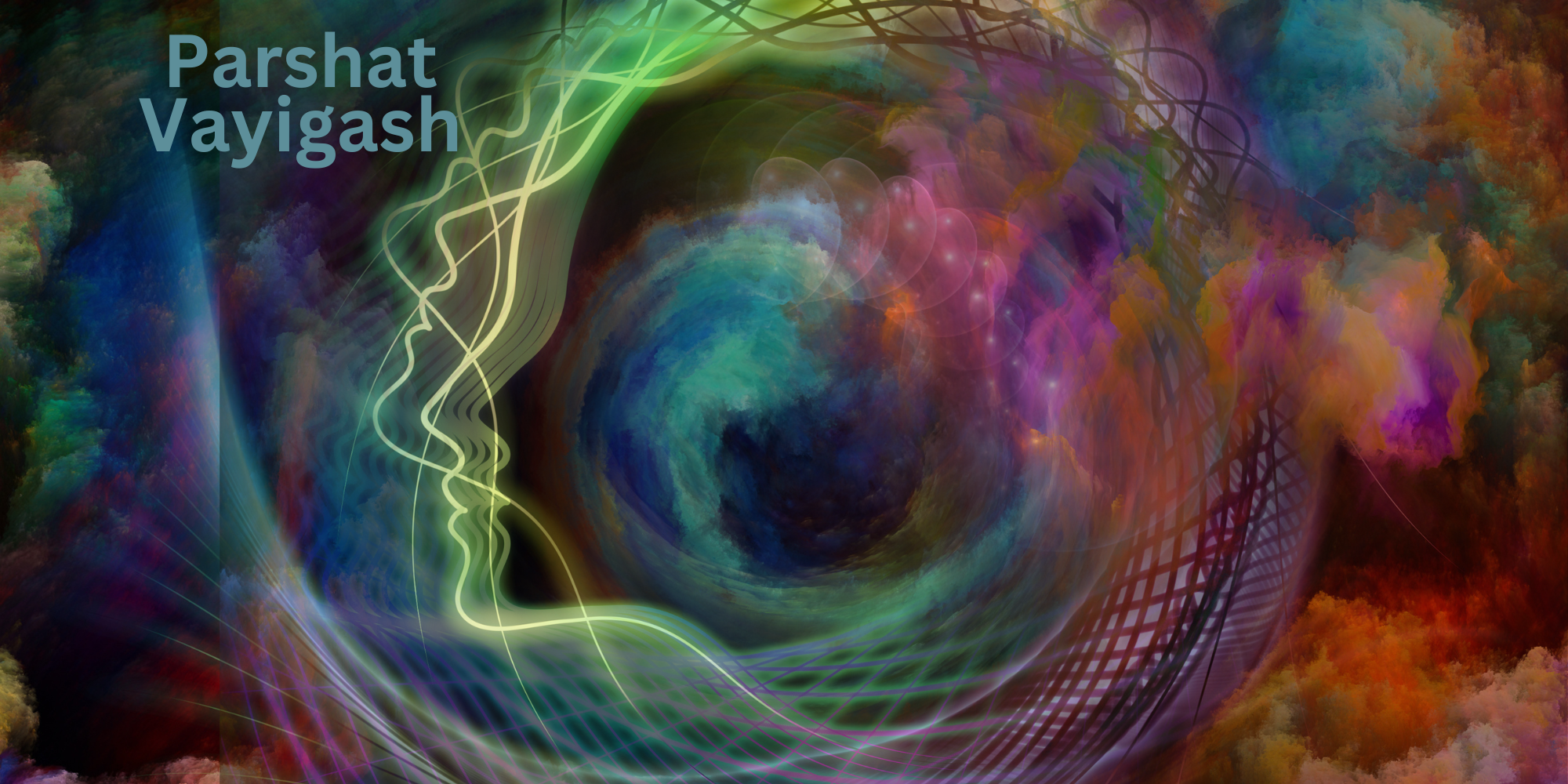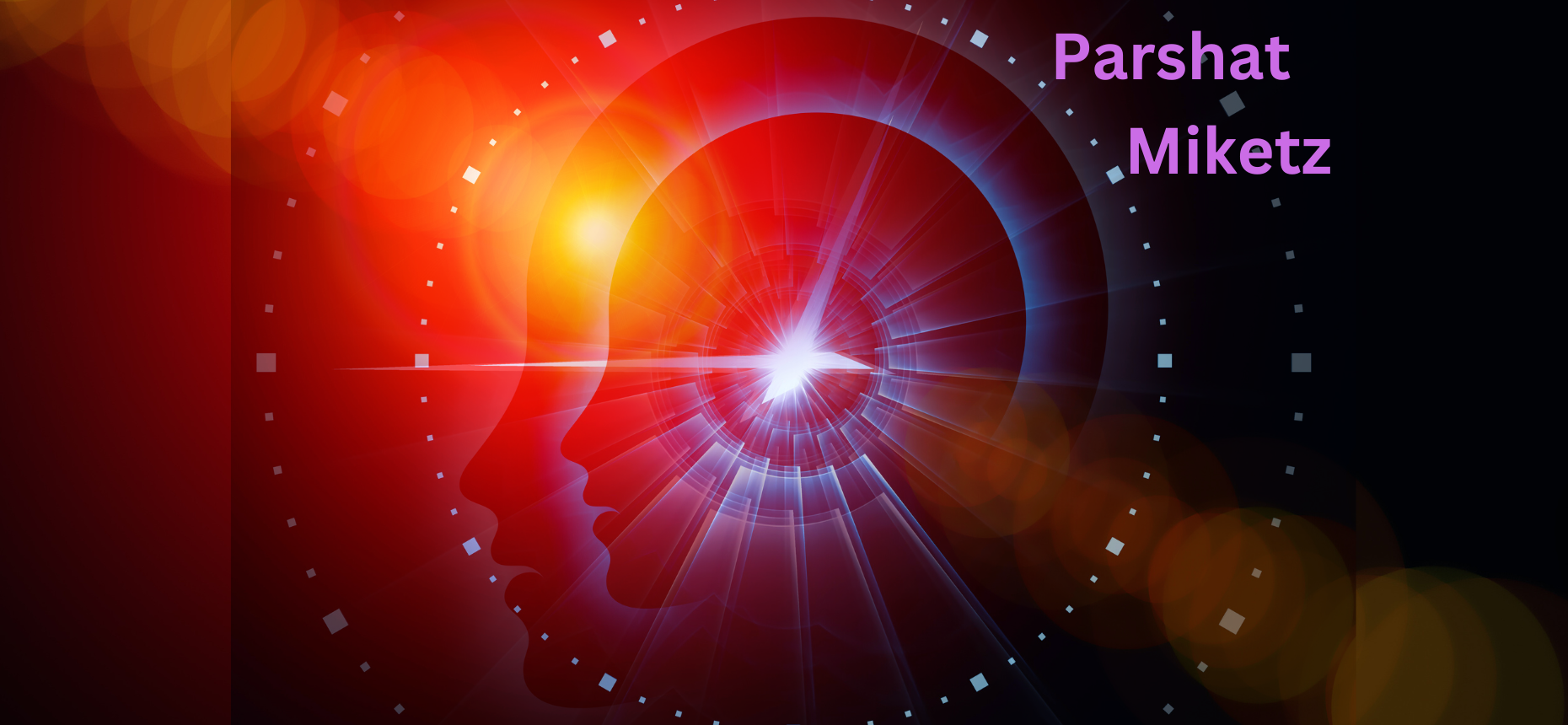It is written in the Zohar (2:16): “God looked into the Torah and created the world.” The Torah is the blueprint from which all physical and spiritual worlds are constructed. It follows from what we stated above regarding the role of symbolism in language and all aspects of reality, that if the Torah is the blueprint of the world, then symbolism must exist as well in the Torah. And this is most certainly true. The very essence of Torah is multi-faceted and open to a myriad of interpretations and perspectives. Torah, as the manifest will of an infinite God, is therefore essentially infinite in its depths of meaning.
The soul of man, which is essentially a “part of God above,” as taught in Chassidic thought, likewise shares this infinite aspect in potential. Just as each person relates to reality, and in doing so creates his or her own dream world, similarly each person relates to and understands Torah from his or her own unique perspective. It is stated in the Talmud that there are seventy faces to the Torah, a virtual crystal prism effect that changes color and light with every slight turn. Rabbi Yitzchak Luria, known as the Arizal, the great Kabbalist of Safed, posits 600,000 faces to the Torah, one for each soul root in Israel. Both of these teachings attempt to convey the same message as to the very nature of not only Torah, but reality itself. The teachings of quantum physics likewise recognize the impossibility of establishing one “objective” reality and explain that consciousness effects reality in such a way that it is virtually impossible to quantify and therefore is ever changing.
One system of Jewish learning which is built upon the idea of multiple layers of interpretation is called Pardes, an acronym for four levels of understanding text:
P – Pshat – the simple literal meaning
R – Remez – the alluded to meaning
D – Drush – the allegorical, metaphorical meaning
S – Sod – the mystical secret meaning
It is understood that each word, verse, story and commandment in the Torah contains all four of these basic levels. It is in the realms of drush and sod where symbolism plays such an important part of understanding the meaning of the text and its relevance to each person in every generation. The “stories” in the Torah are not just one time events happening to individuals a long time ago, rather they are essentially archetypal in nature and represent various physical and spiritual energies that are ever present in each and every person and in all aspects of reality. This point is crucial to understanding the essence of Torah, and is as well the quintessential understanding of symbolism – that a symbol captures infinite meaning, much greater than the outside, finite form indicates.
In this light we can understand the story of Adam, Eve and the snake in the Garden of Eden as a profound allegory dealing with the basic existential reality of humanity. The story as elucidated by the Oral Torah, Kabbalah and Chassidut, teaches profound lessons on relations between men and women, of desire, inner conflict and temptation, on the encounter between heart and mind, soul and body, objective and subjective knowledge, the meaning of experience, and the nature of choice and consequences. The story of Jacob and Esau represents rival philosophies of life and the battle between physical and material, body and soul. Amalek, who attacked the weak and the stragglers as the Jewish people wandered in the desert, symbolizes the archetypal figure of evil. Korach, who challenged Moses for leadership, becomes the symbol of how power corrupts. Cain and Abel, and Joseph and his brothers, reveal the dynamics of sibling rivalry. The exile and redemption of the Jewish people in Egypt embodies the essential secret of cycles as it manifests in the human body, in the emotional and psychological realms, in nature and the seasons, and in Jewish history.
The Torah version of creation, transmitted in sweeping generalities and symbolism, sheds great light on the Divine creative process and its meaning to man, who is made in the image of God. (As an aside it is noteworthy that recent discoveries in physics and cosmology confirm in great measure the wisdom revealed in the Torah account of creation. What was once thought to be two conflicting versions of events is now being seen more and more as two languages describing the same events.) The above are but a few examples.
The archetypal nature of Biblical characters is its great staying power in the imagination and annals of human history. Within the seemingly simple narrative of various stories is revealed the very depths of human psychology and the existential condition of man. Carl Jung, one of the fathers of modern psychology recognized the power of symbols and created an entire language to describe the archetypal imagery of dreams. He attempted to create a universal context of symbolism, especially as they appear in dreams. Although his language was new, the idea of archetypal figures and symbolic association has been deeply rooted in Jewish thought for millennium. Similarly, the emphasis that Sigmond Freud and Carl Jung put into dream interpretation was preceded by the Bible and the Talmud, the Kabbalah and Chassidut.
